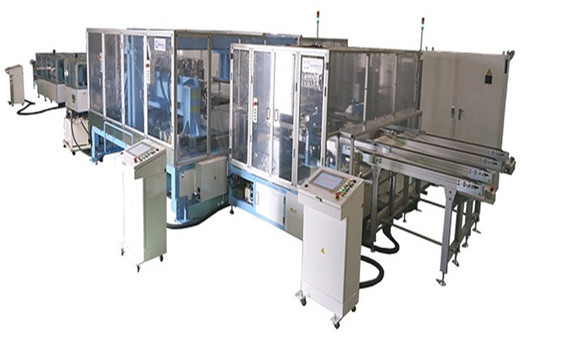Japanese PV production equipment provider NPC Incorporated has provided Envie, a French company specializing in the recycling and repair of waste electrical and electronic equipment, with its PV panel disassembly equipment.

NPC Incorporated said the French company's unit Envie 2E Aquitaine would use the equipment at its waste treatment facility in Bordeaux. “Envie will utilize our disassembly equipment to dismantle PV panels and then cooperate with Rosi, a French company that developed recycling processes allowing to separate and recover metals such as silver and high purity silicon from the PV cells,” it further explained.
The provided equipment is claimed to enable the reuse of frames, junction boxes, intact broken glass, solar cells and ethylene vinyl acetate (EVA) sheets.
The fully automated solar module disassembly line combines a 10m x 2m × 5.5m glass separator, a 2.5m x 1.7m x 1.5m frame separator and a 17.4m x 1.9m junction box separator. It has an annual capacity of 28 MW and is said to enable complete separation of glass and aluminum as well as cell and wiring material.
The line is based on heat blade cutting technology operating at 300°C that the manufacturer says can separate the module components without crushing them.
The glass separator is able to process both broken and unbroken panels. The machine presses the panel with a metal plate from the top and the panel slides to the heated blade, which in turn separates the cells and EVA sheet from the glass. This process takes around 90 seconds per unit and is also applicable to modules with backsheets.
Frame and junction box separations are performed, in this order, by the other two machines in a 40-second process per panel. “It is compact and lightweight equipment, so there is a cost advantage,” a company's spokesperson told pv magazine.
The company claims to have disassembled around 25,000 modules at the end of their lifecycle with this equipment to date.